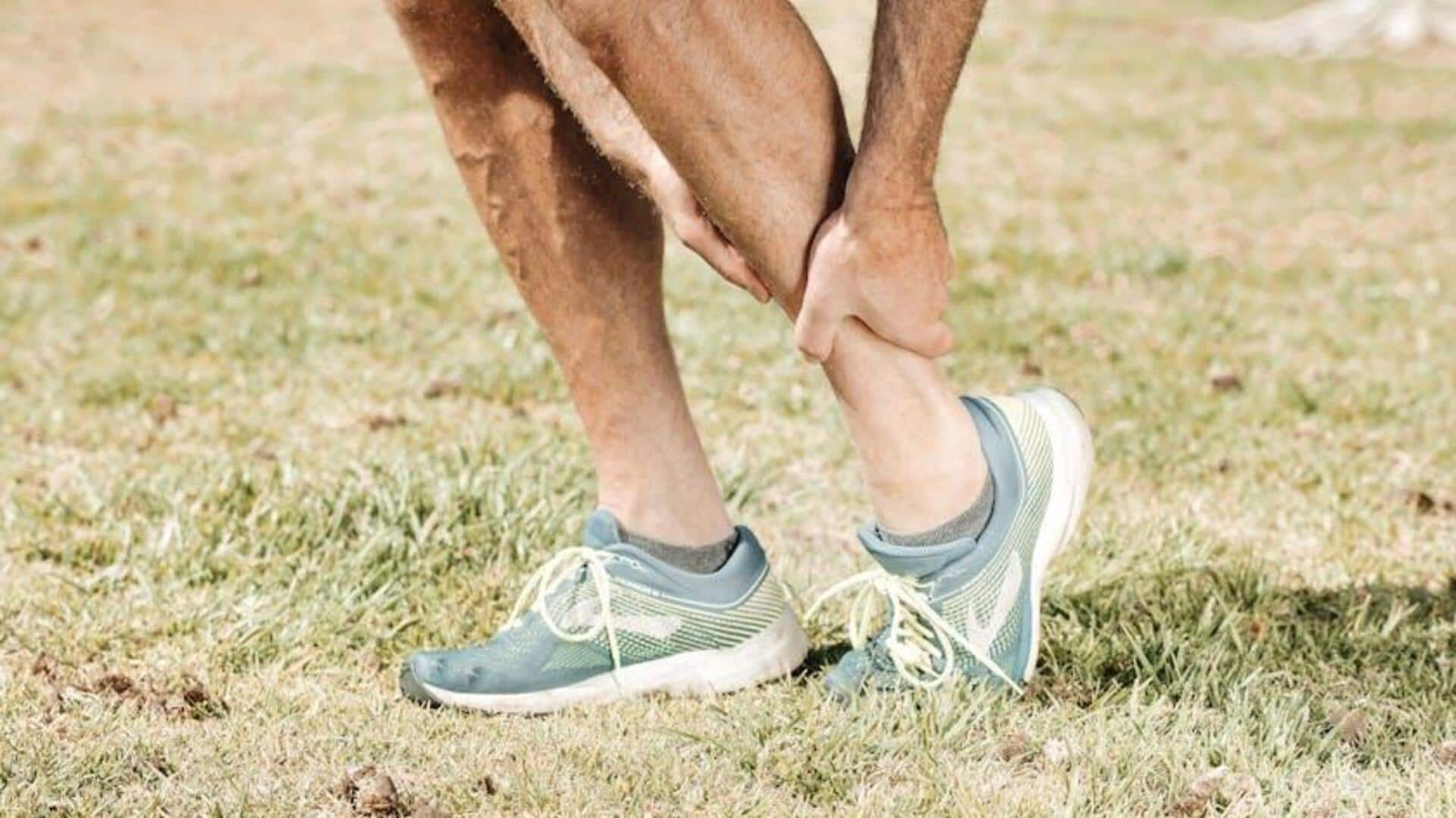
5 jump rope exercises for sculpted calves
What's the story
Jump rope exercises are one of the best ways to get those calves defined. They provide a blend of cardio and strength training, targeting the lower leg muscles perfectly. Using different jump rope techniques in your workout can get you better muscle tone and endurance of your calves. Here are five jump rope exercises that can help you sculpt well-defined calves without fancy equipment or gym memberships.
Basic jump
Basic jumping technique
The basic jump forms the basis of all jump rope exercises. Here, you will jump with both feet together, while you swing the rope over your head and under your feet. This is a great exercise for building endurance and strengthening the calf muscles as they get activated constantly. Begin with shorter intervals, and increase duration gradually as you get the hang of rhythm.
Single-leg focus
Single-leg jumps
Single-leg jumps crank up the intensity of your workout by isolating each calf muscle. Start by jumping on one foot, while keeping the other foot slightly elevated off the ground. Switch between legs after a set number of jumps or time interval. This exercise not only amps up your calf definition but also improves balance and coordination.
High knees boost
High knees jump rope
High knees are all about lifting your knees toward your chest while jumping rope at a faster pace. This variation not only makes the cardio more intense but also targets both your upper and lower calf muscles effectively. Maintain a quick tempo and make sure that each knee reaches the level of your hip every time you jump for optimal muscle toning results.
Double unders challenge
Double unders technique
Double unders involve swinging the rope twice under your feet in a single jump, requiring more speed and precision than regular jumps. This advanced technique heavily engages calf muscles because of its explosive nature, contributing to more defined muscles over time when done regularly as part of your workouts.
Lateral movement
Side-to-side jumps
Side-to-side jumps add lateral movement to traditional jumping patterns by transferring weight from one side to another with every hop across an imaginary line under you on floor surface area covered by skipping motion itself. This variation challenges stability, further boosting overall strength development within targeted areas such as calves, along with improving agility skills needed for different sports activities involving quick directional changes often encountered therein too.